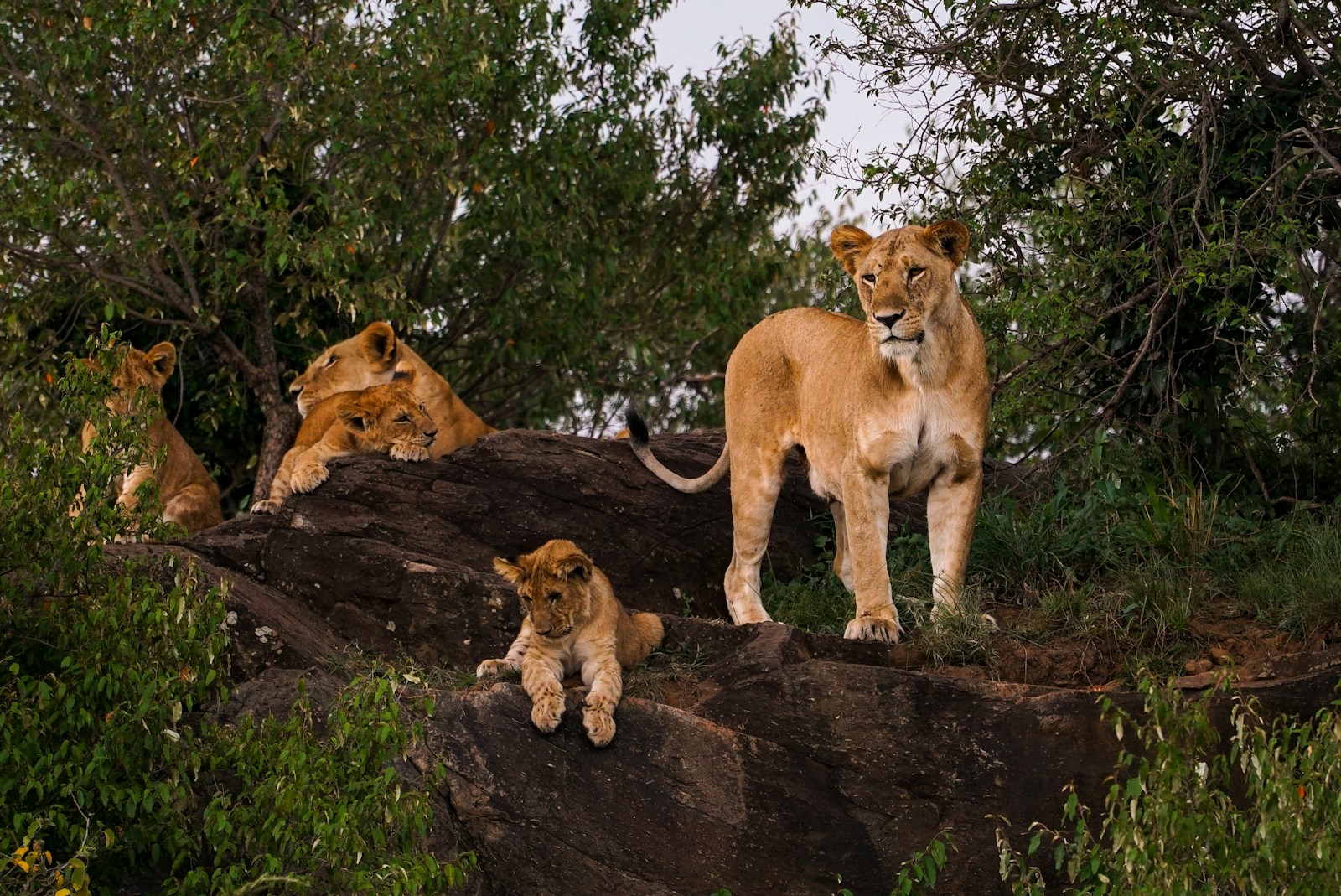Mountain lions, also known as cougars or pumas, are masterful inhabitants of North America’s rugged landscapes. These powerful felines have evolved remarkably specific adaptations that allow them to thrive in some of the most challenging rocky environments on the continent. From their specialized physical attributes to their hunting strategies, mountain lions represent a perfect case study in evolutionary adaptation to demanding terrain. These secretive predators navigate cliff faces, rocky outcroppings, and boulder fields with an ease that belies the extreme technical difficulty of their habitat. This article explores the fascinating ways these apex predators have fine-tuned their bodies, behaviors, and survival strategies to master life among the rocks.
Physical Adaptations for Rocky Terrain
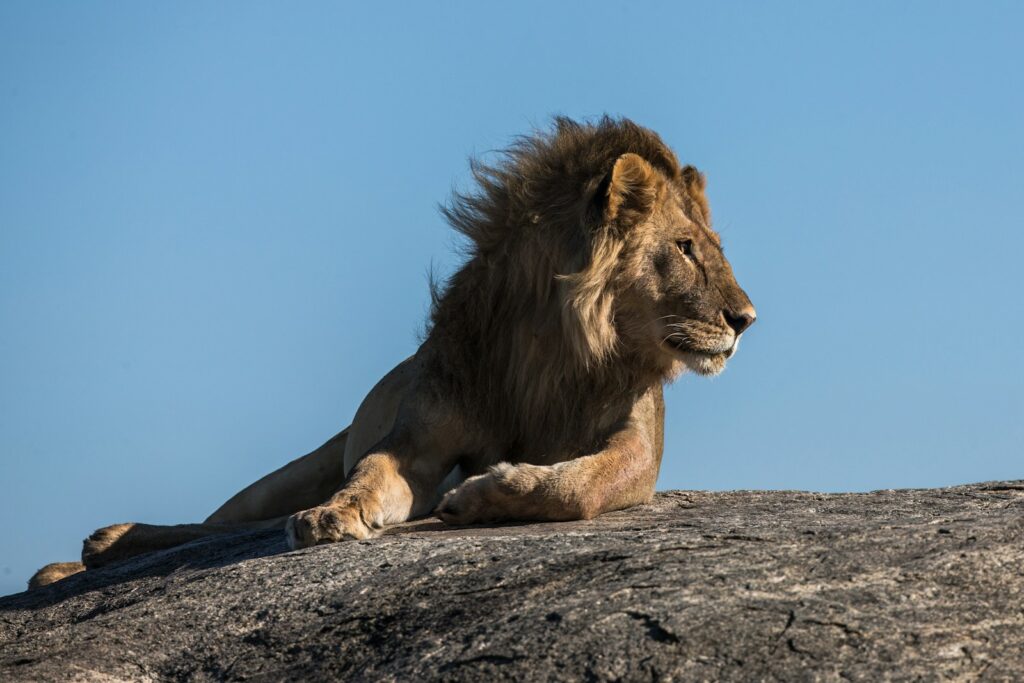
Mountain lions possess a suite of physical characteristics specifically evolved for navigating rocky landscapes. Their muscular, flexible bodies allow them to squeeze through narrow crevices and maintain balance on precarious ledges. Large, specialized paws equipped with retractable claws provide crucial traction on slippery stone surfaces and enable powerful leaps between rock formations. Their flexible spine contributes to exceptional agility, allowing them to twist and maneuver through complex three-dimensional rocky environments. Perhaps most importantly, mountain lions have an extraordinary strength-to-weight ratio that enables them to scale near-vertical cliff faces and make controlled descents that would be impossible for less adapted mammals.
Specialized Paws and Claws
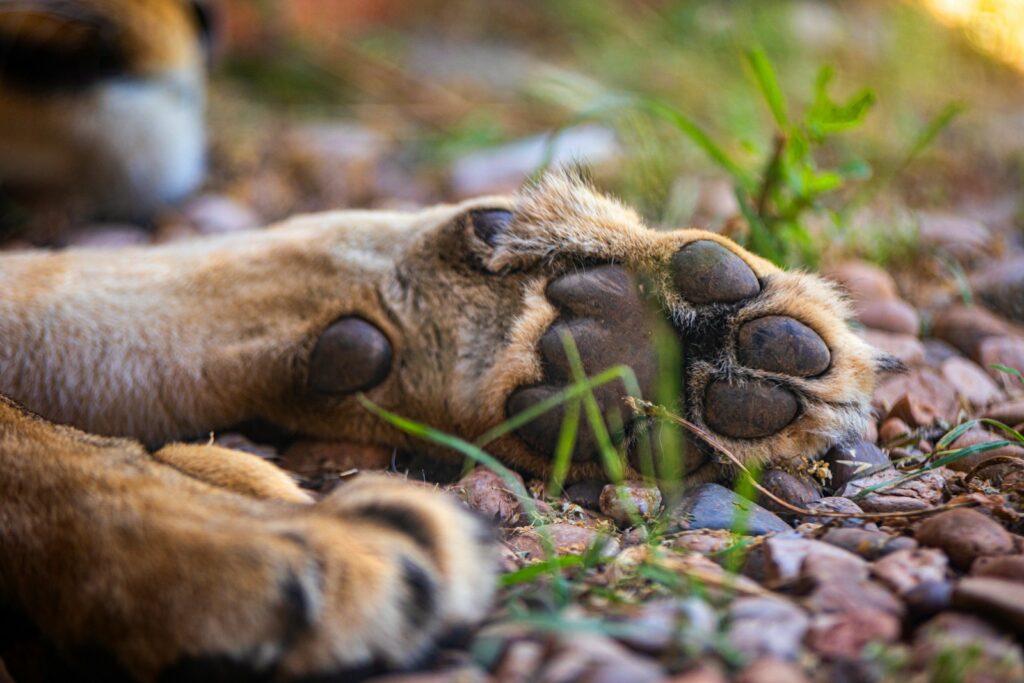
A mountain lion’s paws represent highly specialized tools for rocky terrain navigation. Their large, padded feet distribute weight effectively across uneven surfaces while providing crucial shock absorption when landing from heights. The paw pads contain specialized cells that offer both sensitivity to terrain variations and remarkable durability against sharp rock edges. Each paw houses five retractable claws on the front feet and four on the rear feet, with these natural climbing tools being exceptionally sharp and curved for gripping rock surfaces. What truly sets mountain lion claws apart is their semi-retractable nature – offering the perfect balance between protection when not in use and immediate deployment when climbing or capturing prey.
Vision Adaptations for Vertical Environments
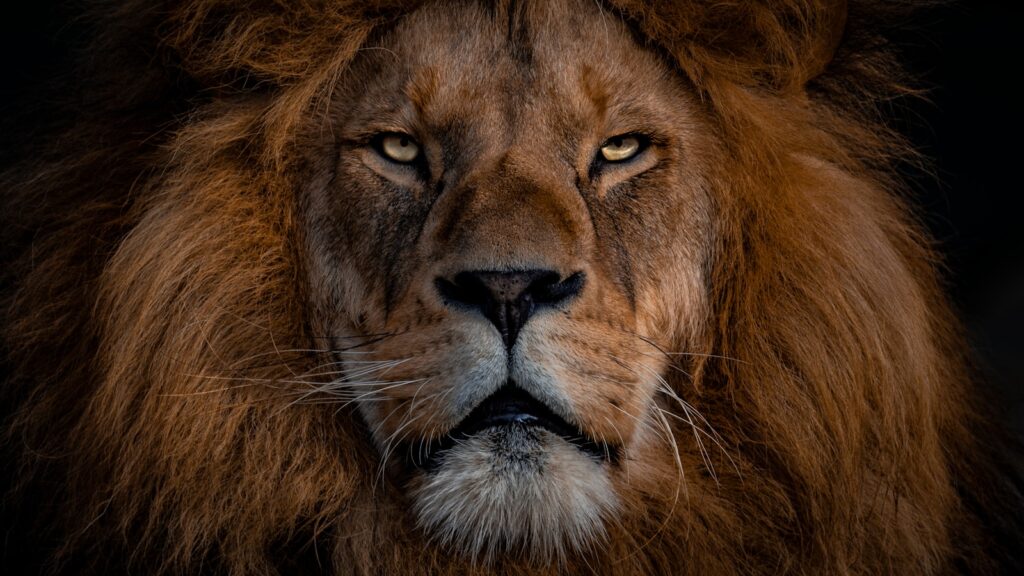
Mountain lions possess exceptional vision optimized for their three-dimensional rocky habitat. Their eyes feature a high concentration of rod cells, allowing them to detect movement and perceive depth with extraordinary accuracy, even in low light conditions common in mountain shadows and crevices. An expanded field of vision – approximately 130 degrees compared to humans’ 120 degrees – helps them track prey moving across complex vertical landscapes. Their depth perception is particularly enhanced, allowing precise calculation of distances when leaping between rock formations or pouncing on prey from elevated positions. Additionally, mountain lions’ pupils can dilate extensively, giving them superior night vision that extends their hunting opportunities in rocky terrain beyond daylight hours.
Muscular Strength and Endurance
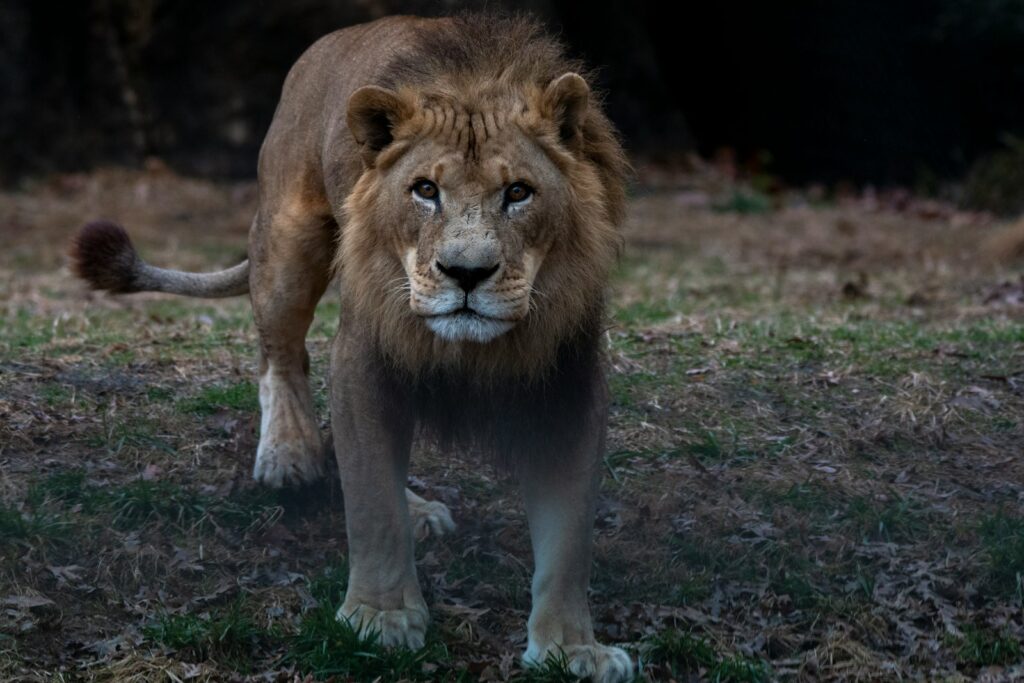
The mountain lion’s muscular system represents a marvel of evolutionary engineering specifically adapted for rocky terrain. Their hind legs contain disproportionately powerful muscles that enable explosive jumps of up to 40 feet horizontally and 15 feet vertically – critical abilities when navigating gaps between rock formations. The neck and shoulder muscles are exceptionally developed, allowing them to drag prey items many times their own weight up steep inclines to safer feeding locations. Their core musculature provides the stability required for navigating narrow ledges and maintaining balance on unstable surfaces. Perhaps most impressive is their muscular endurance, with mountain lions capable of traversing miles of difficult terrain while pursuing prey or establishing territory in rocky mountain ranges.
Temperature Regulation in Rocky Habitats
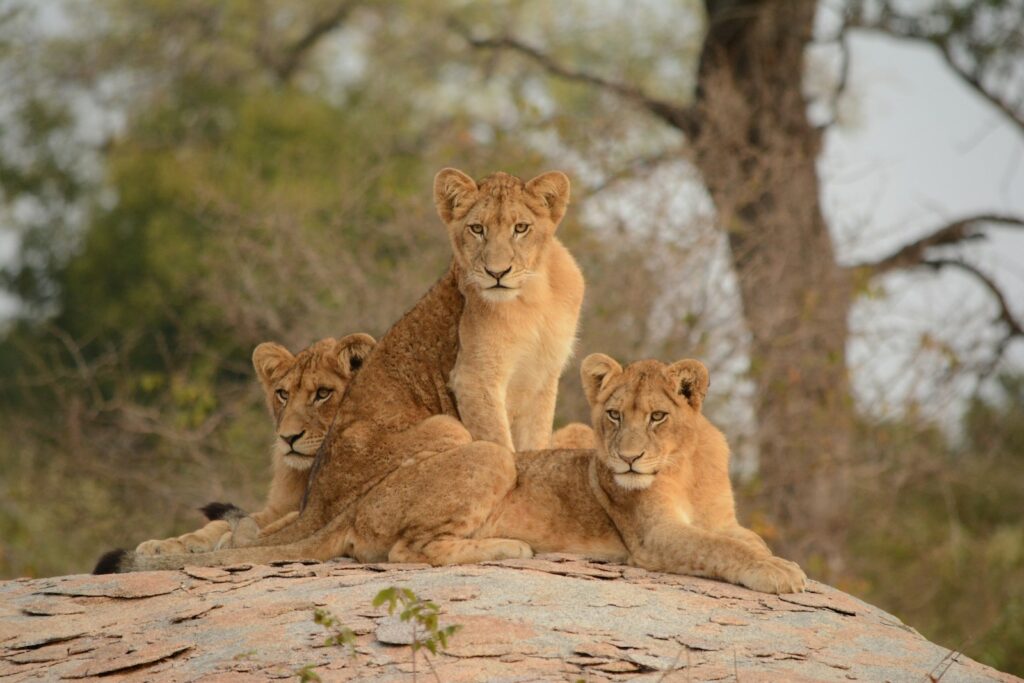
Mountain lions have developed sophisticated temperature regulation adaptations for the extreme thermal variations common in rocky environments. Their fur provides excellent insulation against cold mountain temperatures, particularly in winter months when rocky habitats become snow-covered and winds intensify. During summer heat, mountain lions utilize rock overhangs and caves as natural cooling stations, taking advantage of the stable temperatures these formations provide. Their behavioral adaptations include shifting hunting times to dawn and dusk during hot periods, minimizing exertion during peak temperatures. Additionally, mountain lions have a remarkable ability to reduce their metabolic rate during extreme conditions, allowing them to conserve energy when prey is scarce in harsh mountain winters.
Hunting Strategies Optimized for Rocky Terrain
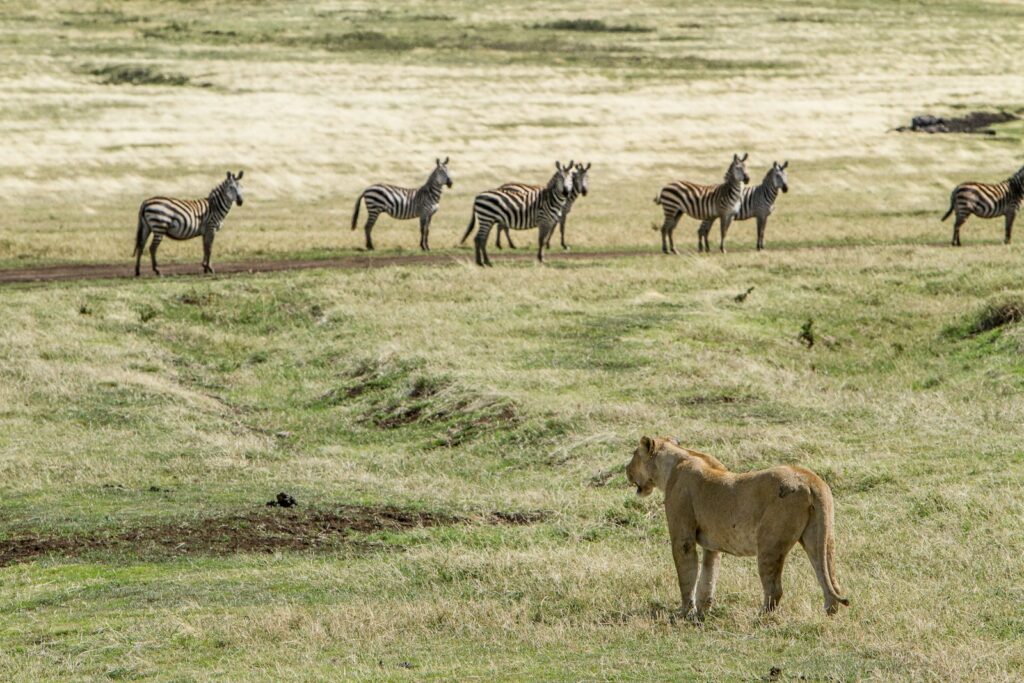
Mountain lions have developed hunting techniques specifically tailored to the unique opportunities and challenges of rocky landscapes. They frequently utilize elevated positions on cliff edges or rock outcroppings as ambush points, giving them both a visual advantage and the benefit of gravity when pouncing on unsuspecting prey below. Unlike many predators that rely on long chases, mountain lions employ short, explosive ambushes perfectly suited to the broken terrain of rocky habitats where extended pursuits would be inefficient. They strategically use rock formations to mask their approach, moving from one concealment point to another with remarkable patience. Perhaps most sophisticated is their ability to herd prey toward natural bottlenecks created by rock formations, effectively limiting escape routes and increasing hunting success rates.
Den Selection in Rocky Environments
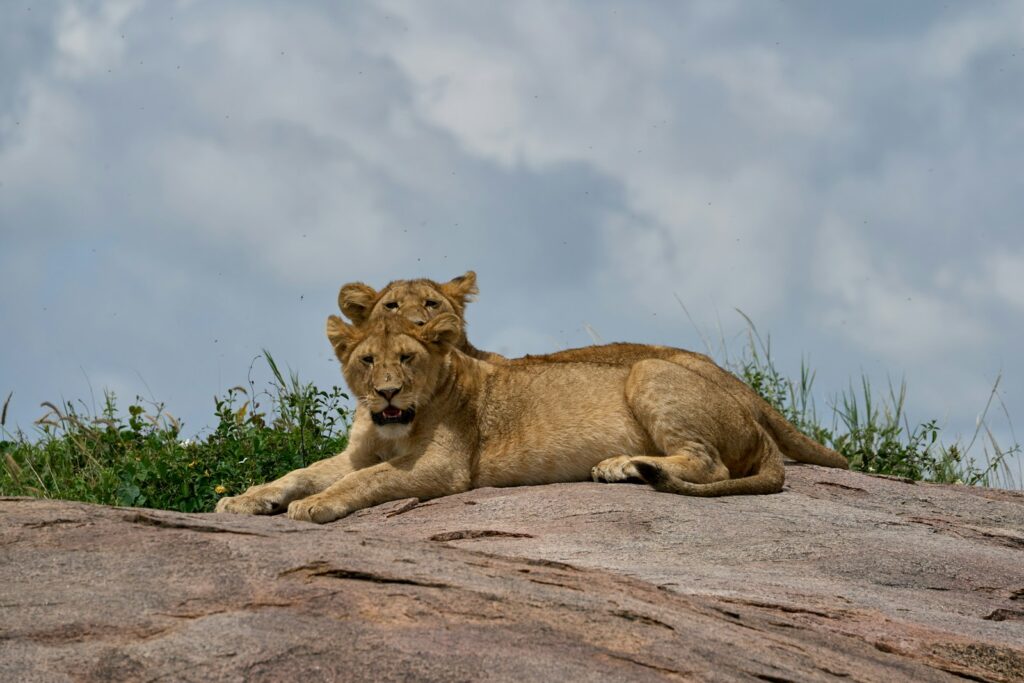
The mountain lion’s approach to den selection in rocky terrain demonstrates remarkable adaptation to their environment. They typically select caves, rock crevices, or spaces beneath large boulder overhangs that offer protection from both weather extremes and potential threats to vulnerable cubs. These rocky dens provide natural temperature regulation, maintaining relatively stable conditions despite external weather fluctuations. Security is paramount in den selection, with females choosing locations with limited access points that are easier to defend against male mountain lions or other predators that might threaten cubs. Rocky den sites also typically offer multiple escape routes – a crucial safety feature that allows these cats to evade danger quickly if their primary location is compromised.
Territorial Behavior Adapted to Vertical Landscapes
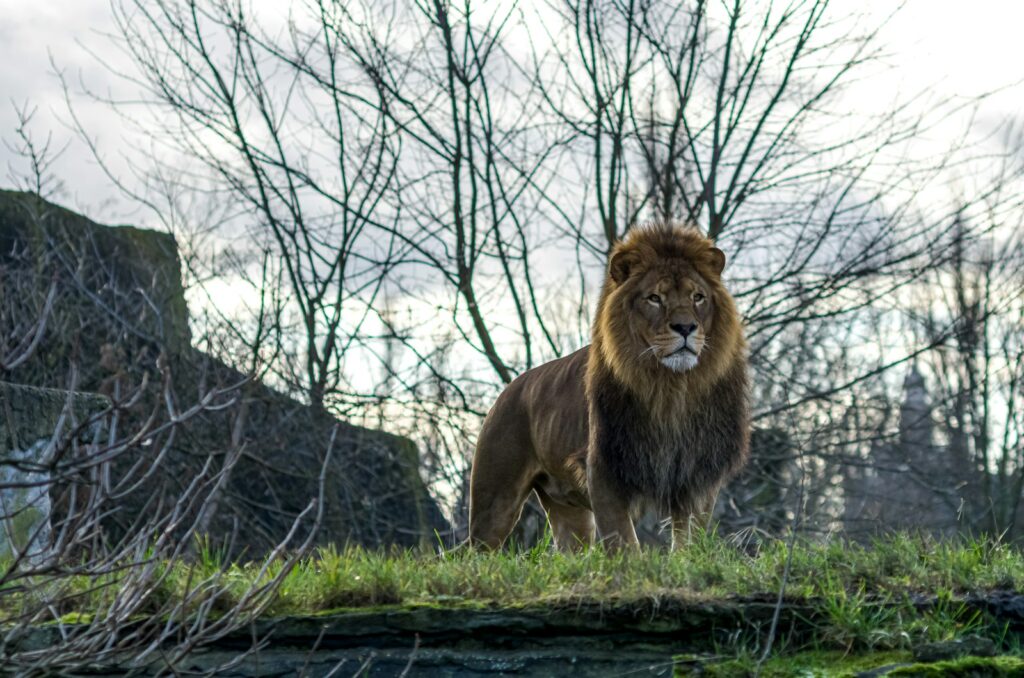
Mountain lions have modified traditional feline territorial behaviors to function effectively in three-dimensional rocky environments. They establish territories that incorporate vertical elements, not just horizontal space, often claiming entire elevation gradients from valley floors to ridge tops. Their scent-marking behaviors reflect this vertical territory concept, with scrapes and urine markers strategically placed along game trails that traverse rock faces and cliff bands. Males maintain significantly larger territories in rocky terrain compared to flatter environments, sometimes spanning over 100 square miles due to the patchier distribution of prey in these harsh landscapes. Interestingly, rocky terrain creates natural boundaries that mountain lions incorporate into their territorial borders, using cliff bands, ridge lines, and river gorges as demarcation points that reduce direct competition with neighboring cats.
Water Conservation Adaptations
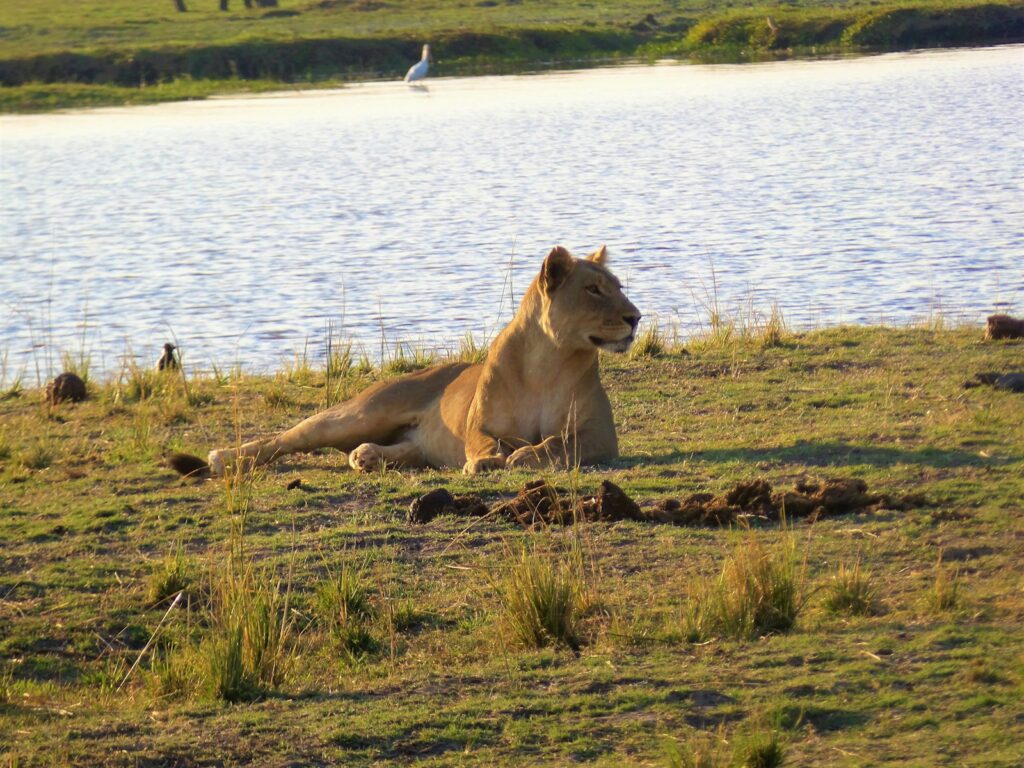
Mountain lions display remarkable water conservation adaptations essential for survival in rocky environments where water sources can be scarce or widely dispersed. Their highly efficient kidneys produce concentrated urine, minimizing water loss during waste elimination. Unlike many large mammals, mountain lions can derive a significant portion of their hydration needs directly from their prey, extracting moisture from the blood and tissues of animals they consume. Their hunting behavior often shifts to target prey species that frequent water sources during drought periods, effectively letting their prey lead them to scarce water. Additionally, mountain lions possess specialized sensing abilities that help them detect subsurface water in rocky terrain, including identifying seeps and springs that might not be obvious to less adapted species.
Seasonal Adaptations in Rocky Habitats
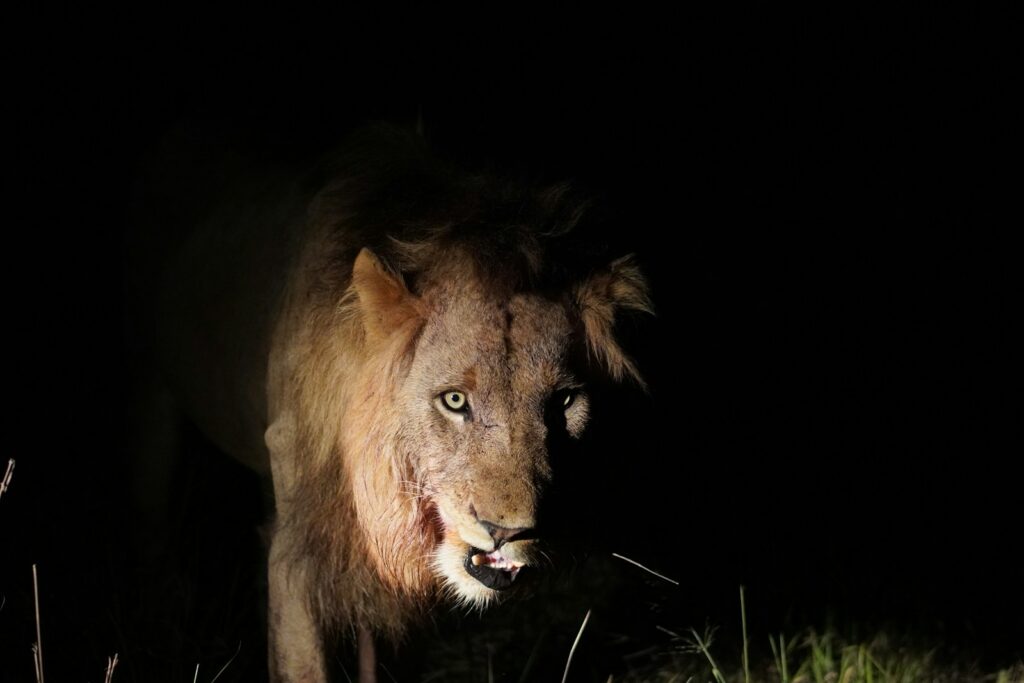
Mountain lions demonstrate sophisticated seasonal adaptations that allow them to thrive year-round in rocky environments despite dramatic weather changes. During winter, they often shift their territories to lower elevations where prey concentration increases and snow accumulation is reduced, making hunting less energetically costly. Their summer behavior includes greater daytime resting in cool rock crevices and caves, with increased activity during cooler nighttime hours to avoid heat stress. Their diet shows seasonal flexibility, with mountain lions targeting different prey species as their availability fluctuates throughout the year in rocky habitats. Perhaps most impressive is their ability to adjust hunting techniques seasonally – using deep snow to their advantage in winter by targeting animals with higher snow-load impact (like deer) while focusing on more agile prey during snow-free months.
Sensory Adaptations for Navigating Complex Terrain
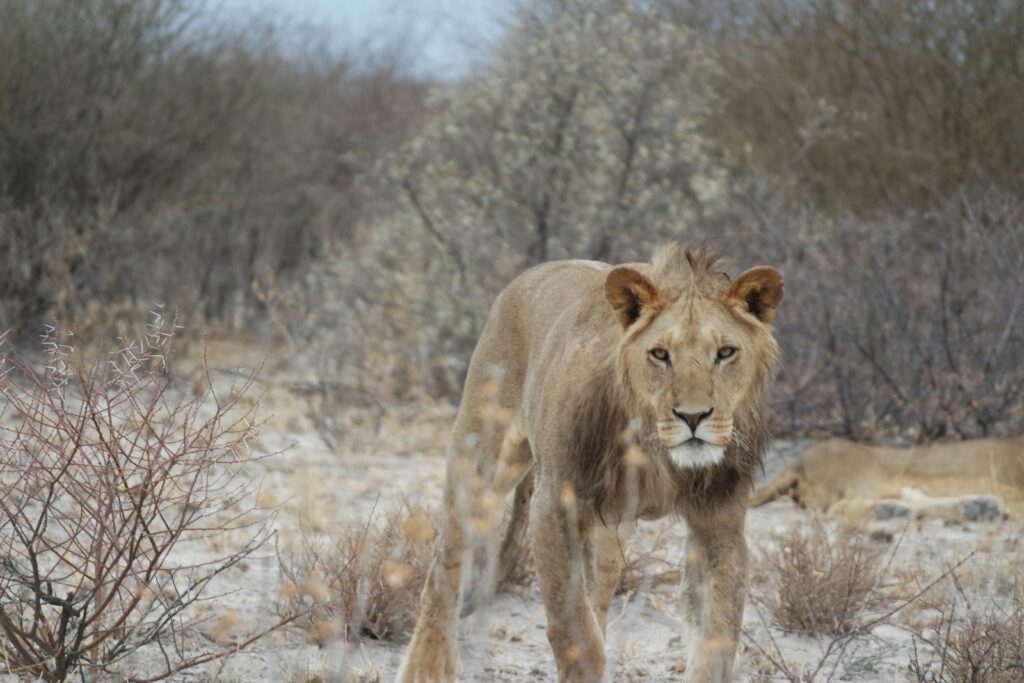
Mountain lions possess extraordinarily refined sensory systems specifically adapted for the challenges of rocky terrain navigation. Their whiskers function as sophisticated touch sensors, providing crucial information about narrow passages and helping them gauge whether their body can fit through tight rocky crevices. An exceptional sense of balance, regulated by a highly developed vestibular system, allows them to traverse narrow ledges and uneven surfaces with remarkable stability. Their hearing is specifically attuned to detect the echoes and acoustics of rocky environments, helping them locate prey moving among boulders or within canyons. Additionally, mountain lions have developed a mental mapping ability that allows them to remember complex three-dimensional routes through rocky landscapes, creating efficient travel corridors they can navigate even in complete darkness.
Evolutionary History of Mountain Lion Rock Adaptations
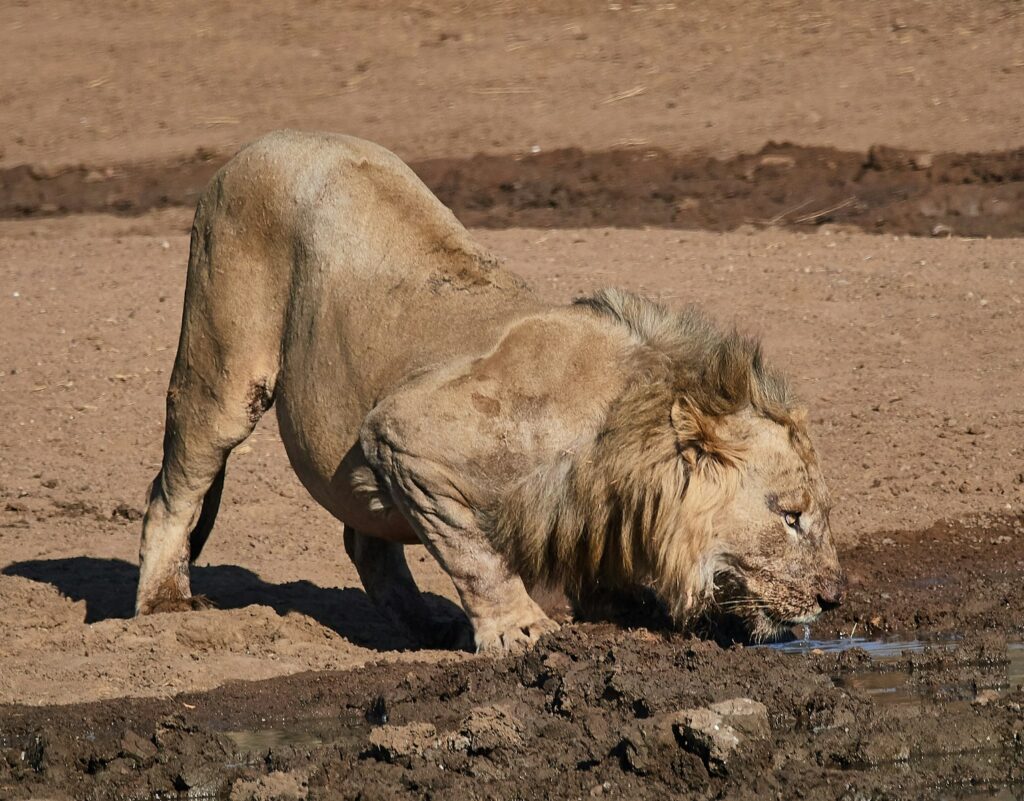
The mountain lion’s remarkable suite of rocky terrain adaptations represents the culmination of millions of years of evolutionary pressure. Fossil evidence suggests their ancestors began specializing in rocky habitat exploitation approximately 3-4 million years ago, coinciding with the uplift of many North American mountain ranges. This evolutionary path diverged from other big cats that primarily evolved for open savanna or dense forest environments. Natural selection has continuously refined their physical attributes through countless generations, with individuals better adapted to rocky environments successfully reproducing and passing on beneficial traits. Interestingly, genetic studies show that mountain lion populations in especially rugged terrain exhibit distinct genetic markers associated with enhanced climbing ability and foot structure compared to populations in flatter regions, demonstrating ongoing adaptation. This remarkable evolutionary journey has produced one of the most specialized large predators for rocky terrain found anywhere on Earth.
Conservation Challenges in Rocky Habitats
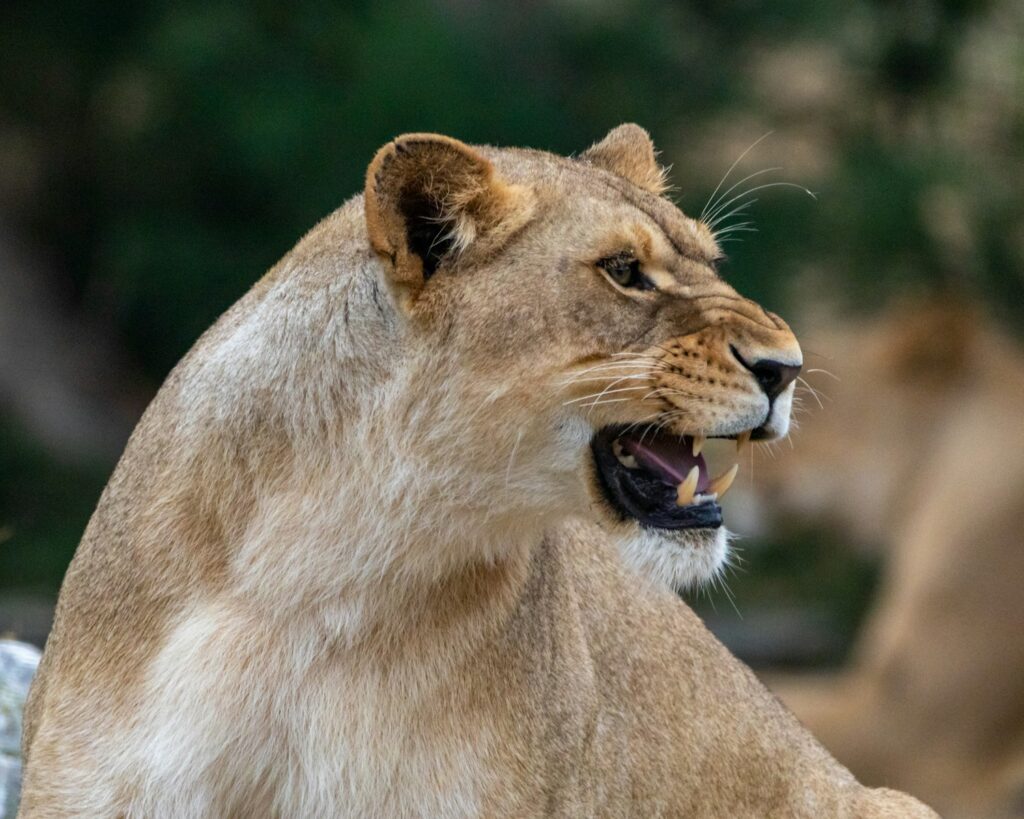
Despite their superb adaptations, mountain lions face significant conservation challenges in their rocky domains. Habitat fragmentation from development increasingly isolates mountain lion populations, limiting genetic exchange and creating potentially dangerous human-wildlife interfaces. Climate change poses a particular threat to these cats in rocky terrain as it alters precipitation patterns and vegetation communities that support their prey base. Recreational activities like rock climbing, hiking, and mountain biking have intensified human presence in previously remote rocky habitats, creating stress and potential displacement of mountain lions from optimal territories. Conservation strategies must consider the unique challenges of protecting a species that requires vast, connected rocky landscapes spanning various elevations – conservation areas that frequently overlap with lands valued for human recreation, resource extraction, and development.
Conclusion
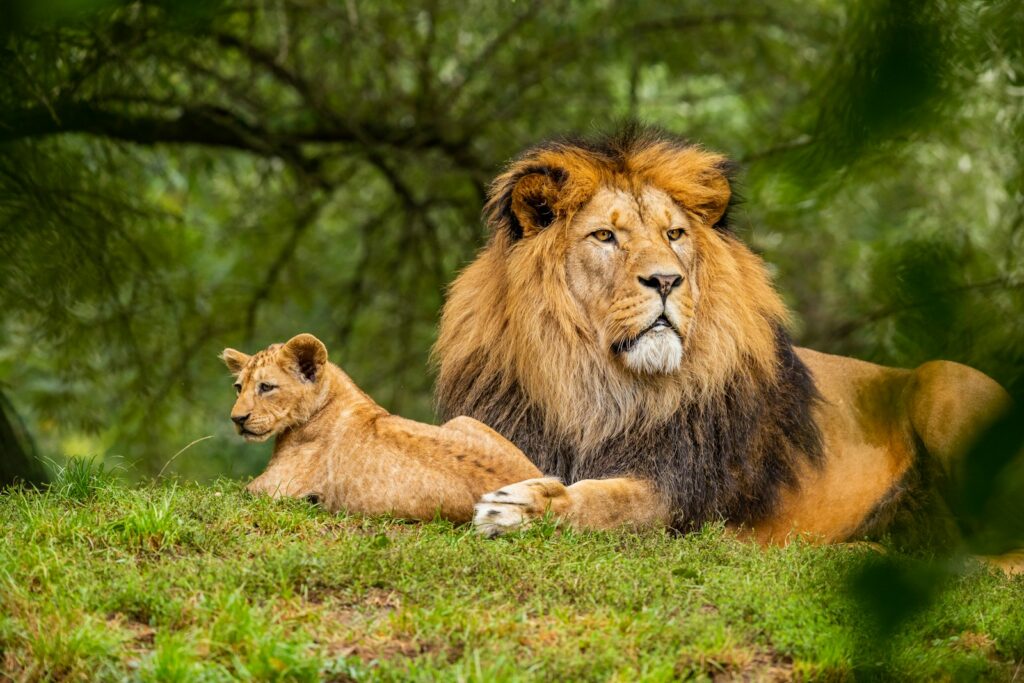
Mountain lions represent one of nature’s most perfect examples of adaptation to challenging environments. Their physical attributes, behavioral strategies, and sensory capabilities have been finely tuned through evolutionary processes to master the extreme challenges presented by rocky landscapes. From their specialized paws that grip vertical surfaces to their extraordinary vision that calculates precise jumping distances, every aspect of the mountain lion has been shaped by the demands of their rugged habitat. As human activity increasingly encroaches on these wildcats’ territory, understanding these specialized adaptations becomes crucial for effective conservation. The mountain lion’s story reminds us of nature’s remarkable capacity for specialization and the importance of preserving the wild, rocky landscapes that these magnificent predators call home.

